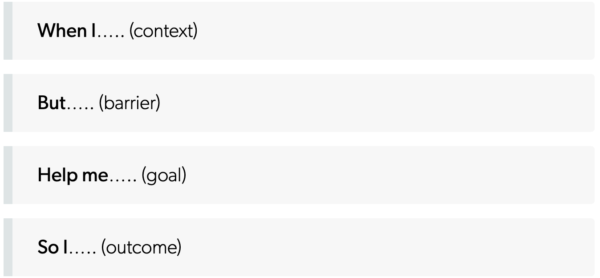I came across a TED talk video on the importance of creative industries to national governments not five minutes after I had a conversation with staff on that very topic.
Mehret Mandefro talks about how she contributed to making creative industries a central part of Ethiopia’s plans to provide employment opportunities for the segment of its population experiencing the greatest growth, 15 to 29 year olds.
She notes that typically arts and creativity are seen as nice things to have, but not essential. She disagrees and feels it is not only important for economic development, but also social identity and political stability. While she hadn’t intended to do so when she moved back to Ethiopia, Mandefro found herself essentially building a training program for creative workers from the ground up. (Demonstrated by the video of this talk.) That lead to her eventually participating in the generation of policy recommendations for creative industries for inclusion in the National Jobs Action Plan.
Now, putting culture on the economic agenda is an incredibly important milestone. But the truth of the matter is, there’s far more at stake than just jobs. Ethiopia is at a critical juncture, not just economically but democratically. It seems like the rest of the world is at a similar make-or-break moment. From my perspective on the ground in Ethiopia, the country can go one of two ways: either down a path of inclusive, democratic participation, or down a more divisive path of ethnic divisions. If we all agree that the good way to go is down the inclusive path, the question becomes: How do we get there?
[…]
…Artists have long found ways to inspire inclusion, tell stories and make music for lasting political impact. The late, great American hero, Congressman John Lewis, understood this when he said, “Without dance, without drama, without photography, the civil rights movement would have been like a bird without wings.”
…I think any government that views arts as a nice thing to have as opposed to a must-have is kidding itself. Arts and culture in all of their forms are indispensable for a country’s economic and democratic growth. It’s precisely countries like Ethiopia that can’t afford to ignore the very sector that has the potential to make the greatest civic impact. So just as John Lewis understood that the civil rights movement could not take flight without the arts, without a thriving creative sector that is organized like an industry, Ethiopia’s future, or any other country at its moment of reckoning, cannot take flight. The economic and democratic gains these industries afford make the creative economy essential to development and progress.



Thanks for what you are doing to bring cultural change to the arts. It is so important to represent everyone.…